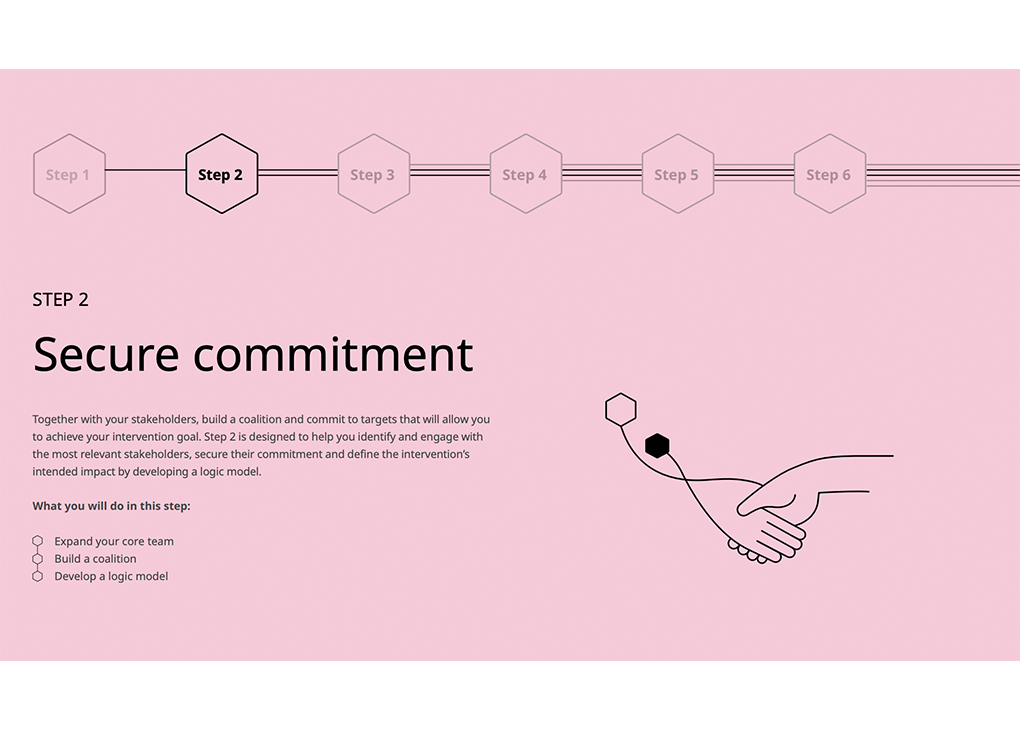Over the next few newsletters, we will continue to unpack the Urban Diabetes Action Framework step by step. Last time we looked at Step 1 – Defining the problem. This week I will zoom in on Step 2 – Secure commitment.

First, a bit of background: The Urban Diabetes Action Framework (UDAF) is your companion to kick-start your public health project. An interactive guide (PDF) helps you develop public health interventions to prevent diabetes and obesity. UDAF could also be the catalyst your initiative needs to be more impactful if you have already launched.
Whatever stage your diabetes prevention programme is at, the Action Framework is a valuable and ready-to-use resource. I invite you to explore the Framework on our website (www.citieschangingdiabetes.com) and share it with your partners.
Let’s take a look at Step 2.
Once you have worked through Step 1, you will be ready to convene stakeholders and build a coalition. This can be a daunting step, but the task checklist and tools available will keep you focused and on track.
1. Conduct stakeholder matching - You need to match
stakeholders relevant to the identified problem and expand your
working group. The stakeholder matching tool and context alignment
tool can help you navigate possible biases and find ways of working
together. Now you can expand your core team
2. Build a coalition - The Action Framework guides you
through steps to bring together a diverse range of stakeholders with
direct knowledge of why the problem is occurring and a willingness to
address it. It provides you with a governance model and a plan for
engaging your new coalition members. Now you have a
motivated team
3. Develop a logic
model – A kick-off task with your new coalition is reaching a
collective agreement about how to achieve the intervention goal. Tools
in the Framework help you compile a list of possible outcome targets
and ensure you understand the determinants, risk factors and
behaviours underlying the problem. The Action Framework has checklists
and templates to help you rationalise your proposal.
Next time we’ll preview Step 3 and how the Urban
Diabetes Action Framework helps you design an intervention